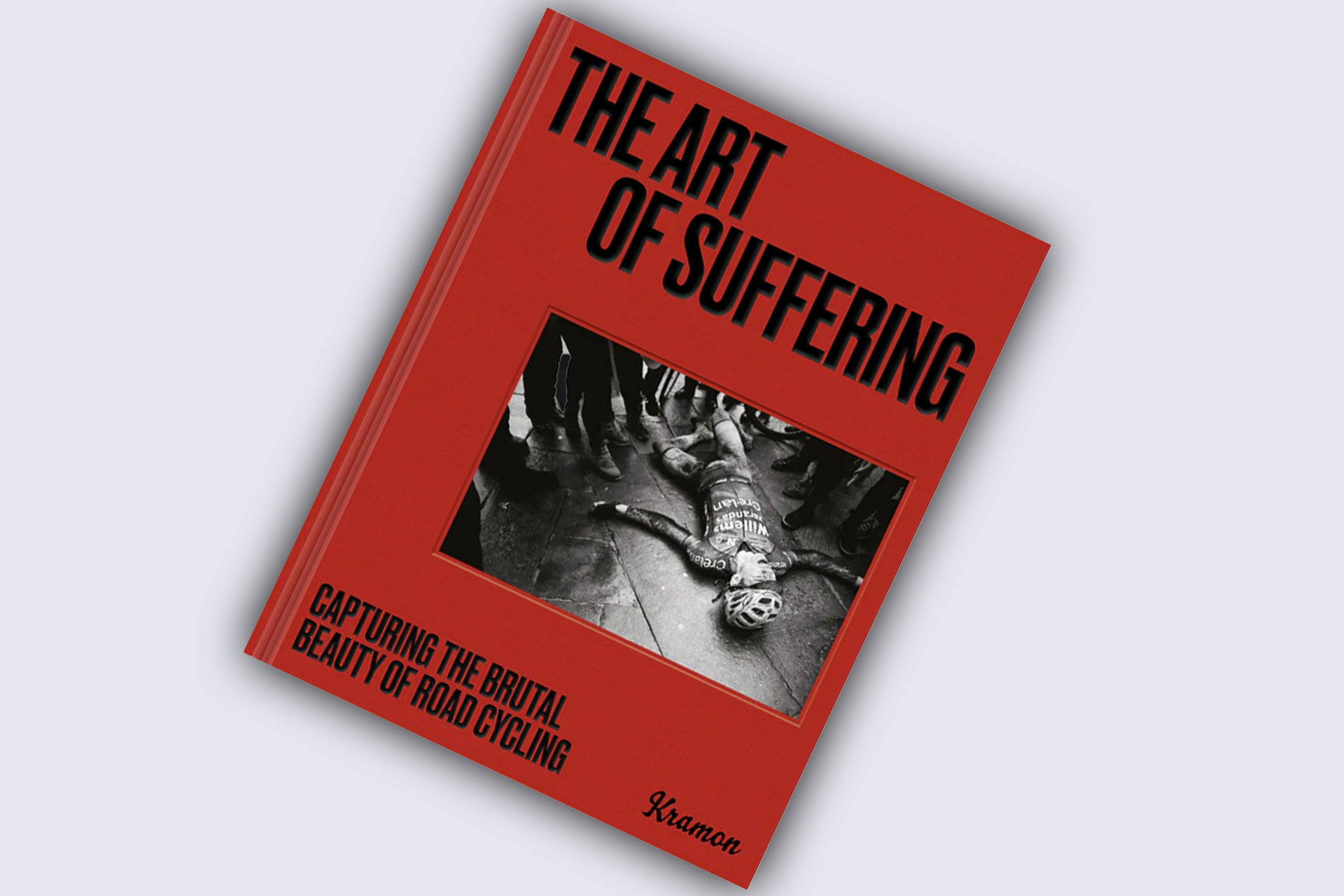Back in around 2009 after I started a little cycling blog called CyclingTips I began taking a keen interest in photography. Mostly because I knew that good cycling photography would be my differentiator and make the blog really pop. Big hi-res photos back then were almost unheard of. Back then, Graham Watson was the undisputed king of cycling photography, but there was an emerging new crop of photographers shaking things up, doing stuff we'd never seen before in the cycling world.
One photographer's work really caught my eye: Kristof Ramon. This guy was using field lighting to create these mind-blowing shots. And his close-up rider portraits? They were like nothing the sport had ever seen before.
Being the naïve young blogger I was, I reached out to Kristof and asked him if I could use some of his images that would go well with an article I was writing. To my astonishment he said yes, and we began a partnership and friendship that would last 15 years later.

I've pored through tens of thousands of Kristof's photographs to create photo galleries, feature images for articles, and social media posts. Even if we're not covering a race or using his photos, I still log into his client website to admire his work. It's been a joy watching him evolve and refine his craft over the past 15 years.
Two years ago, Kristof mentioned he was working on a book. He was buzzing with excitement, and while I was thrilled for him, I couldn't quite picture what he was dreaming up.
Well, my copy of 'The Art of Suffering' just arrived, and now I get it.
With an introduction by Wout van Aert and a foreword by Matt Rendell, it's a stunning anthology of Kristof's greatest hits. It's not just photos – it's a time capsule of contemporary cycling history and storytelling through images and captions. It's the kind of book you'll pick up again and again, always noticing something new and fascinating.
If you want to support Kristof's work in a real and tangible way, you can buy a copy of the book here. It's available in English and Dutch, and is worth every penny.
Did we do a good job with this story?



